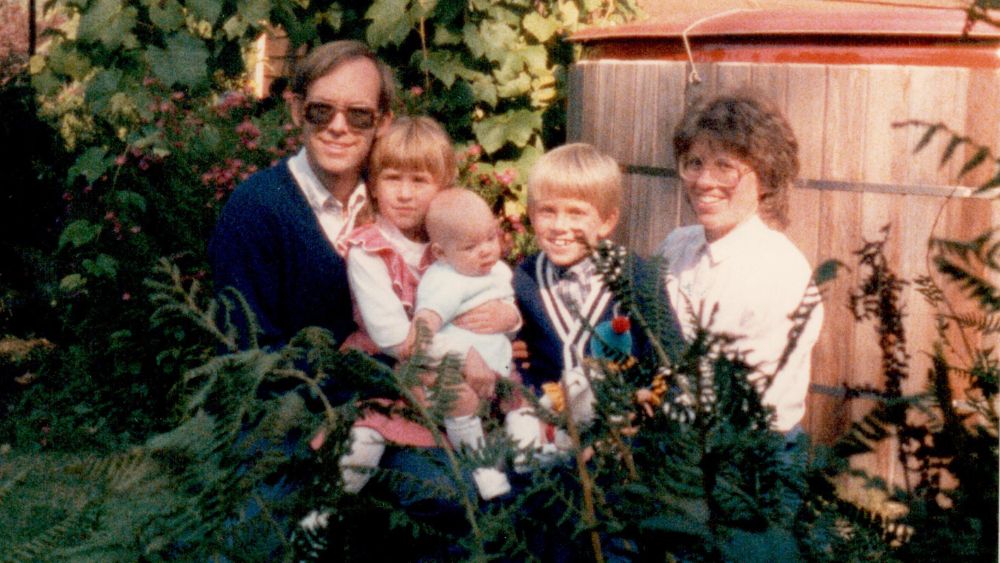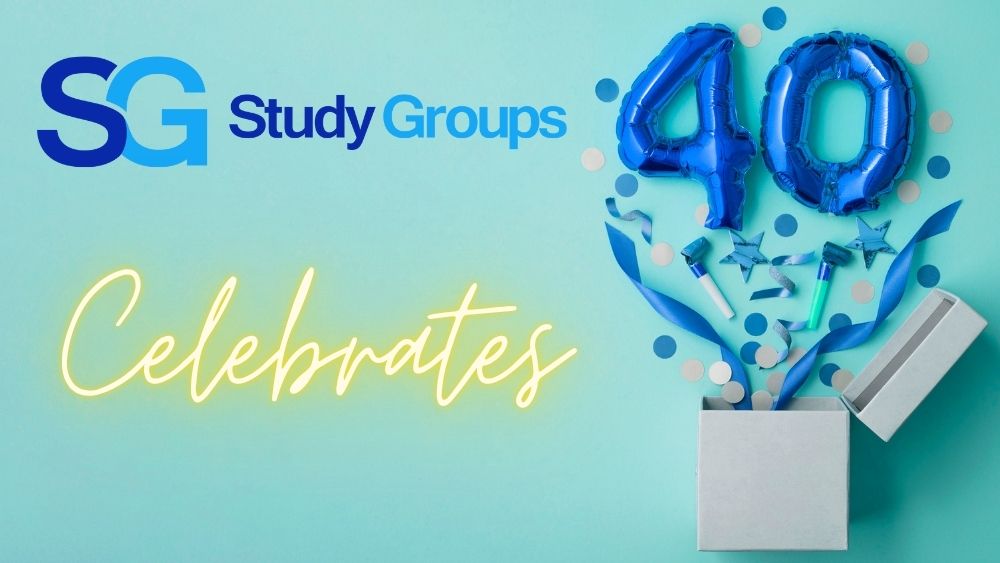By David M. Nelson
Flashback: It’s June 19, 1985. I’m in a bit of a panic. The reports aren’t right. Tomorrow will be the very first Study Groups meeting. As we’re leaving Bellingham to drive seven hours across Washington state to Spokane, I pick up the reports. My wife Lynne and I are traveling with our 6-week-old son, Andrew, 5-year-old daughter, Janelle, and 8-year-old son, Jonathan.

We’re staying at the Ramada Inn at the Spokane airport. The kids are asleep, and I’m reviewing the reports in more detail. That’s when I notice the problem: some of the data columns for financial ratios have shifted under the wrong firms. It’s fixable. The night manager offers tape and scissors, and Lynne and I spend the night cutting, realigning, and copying the corrected reports. It’s a long night.
June 20 arrives—showtime. I present the reports and financial ratios. The five firms discuss their performance, and they love it. Study Groups is born. Those initial reports laid the foundation for the corporate reports we still use today.
It’s hard to recall what technology was like then: no internet, not even a fax machine. Firms filled out paper reporting forms and mailed them to me. If they were late, they’d call on the landline, and I’d fill in the numbers by hand. When fax machines came a few years later, it was a game changer.
Back then, we used Lotus 1-2-3 spreadsheets on a personal computer with just 100K of memory. I remember buying that PC. My support person Rhonda Wolf gasped and said I’d never use that much. Firms were simpler then, too. The biggest in our first group sold 20 million gallons a year, impressive at the time.
Our first two study groups were brand-aligned: the 1985 group consisted of Chevron marketers, and the second, formed in 1987, was Exxon. Most were second- or third-generation family businesses. Things changed in the late ’80s and ’90s as brands realigned and marketers diversified. Jobbers began acquiring others, operating multiple brands, including their own.
One major shift was the move into convenience stores. In the early ’90s, we began an annual c-store performance survey, which became the foundation for today’s retail reports.
By then, I was maxed out. Study Groups was still a one-man show, and I was juggling two groups, my university work, and family life. The opportunity to expand came when I met Francis Bologna, a talented CPA from New Orleans. He became our first facilitator. He later introduced me to Johnny Bertucci, who played a vital role in modernizing our analytics, moving us from Excel to custom-built software, and eventually online as the internet matured.
In the late ’90s, while chairing the Economics Department at Western Washington University, I met a student named Jed Brewer. Impressed by his intellect and values, I invited him to help develop our all-firms performance average, now a core part of our reporting. I also encouraged him to pursue a Ph.D. in economics, which he earned from the University of Arizona, where he studied the impact of hypermarts on the motor fuels industry.
On June 21, 2002, Study Groups formally incorporated as Finance & Resource Management Consultants, Inc. We ended 2003 with 120 customers across 10 groups, focused on CEOs and principals. Over time, we tailored groups for lubes, wholesale/commercial, c-store retail, and full-line marketers.
In 2003, we launched CSX (Convenience Store Exchange) to offer benchmarking to firms not in a study group. CSX was acquired by NACS in 2007 and continues under license from FRMC, serving as the platform behind NACS’ c-store benchmarking and State of the Industry Summit.
Also in 2007, we acquired Share and Compare, a competing benchmarking firm with four groups. That move grew us from 164 to 214 unique firms.
Then came a pivotal moment: in early 2008, Dr. Jed Brewer, now a Ph.D., joined full-time as our first employee. He played a key role in integrating the Share and Compare acquisition and helped lay the groundwork for our continued growth. From there, we expanded to serve senior management positions—HR, CFOs, Marketing, and Ops.
More recently, we’ve extended beyond our roots in petroleum and c-stores to support the ready-mix concrete and general contracting industries. By the end of 2024, we had 771 customers across 74 groups, representing 328 firms. We also moved into our own dedicated headquarters.
Study Groups is now a professional organization filled with talented individuals, grounded in the same values we’ve held from the start: servanthood, integrity, professionalism, respect, and win-win thinking.
Our mission remains unchanged: to create lasting value and lifelong friendships through education and sharing in a trusted environment.
As founder, I’m honored to have worked with so many incredible people—members, staff, and facilitators—who brought this vision to life. Our lives have been enriched by the relationships, the conversations, and the journey we’ve taken together.
Thank you for being part of it.

